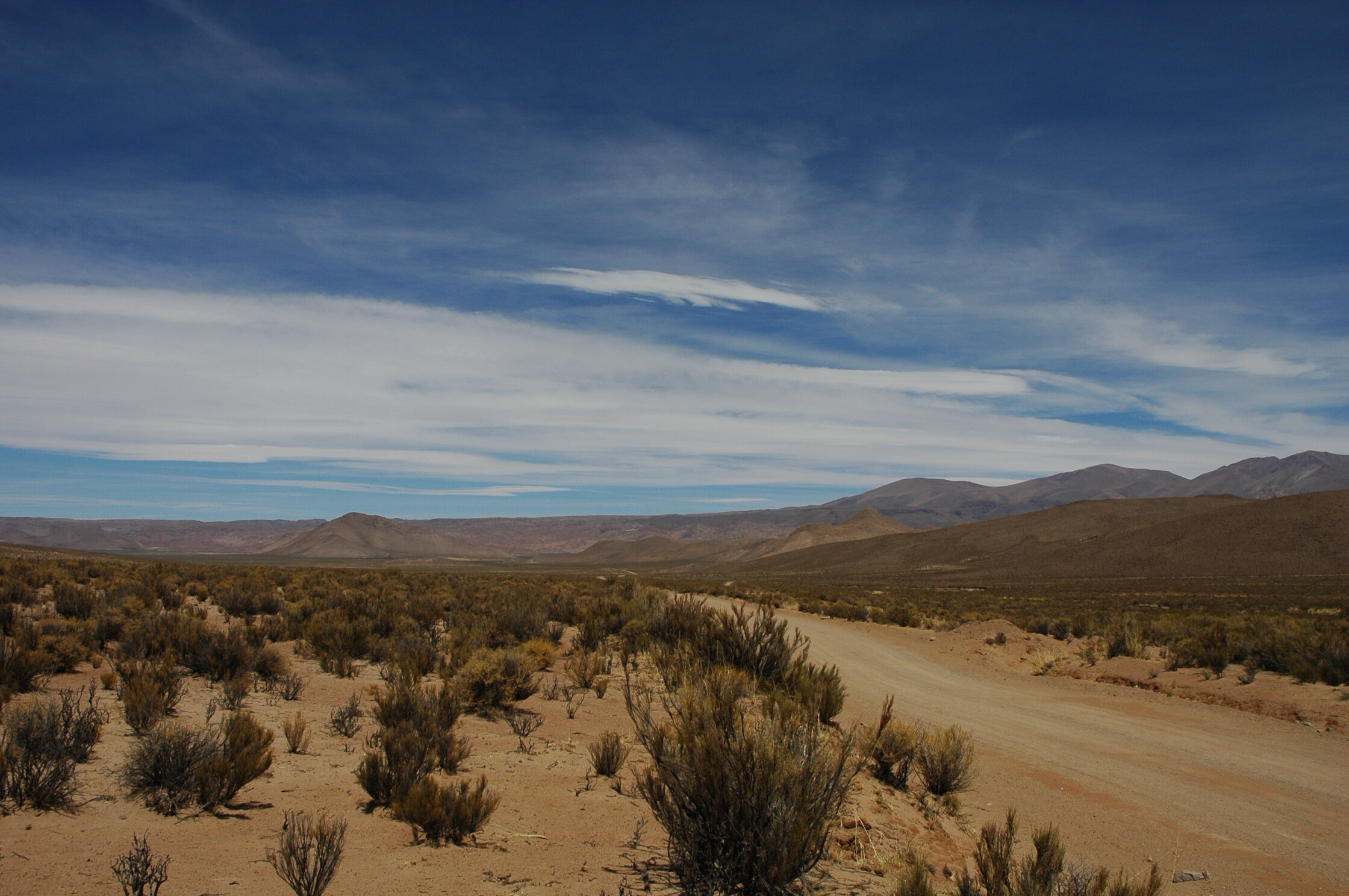A recent study has revealed that the spatial arrangement of plants in drylands can serve as an indicator of environmental degradation. An international team of scientists, including those from the University of Birmingham, utilized field data from 115 sites worldwide, along with mathematical models and remote sensing, to gain insight into how the environment impacts the unique structure of plant life.
Dr. Juliano Sarmento Cabral, Associate Professor for Biodiversity Modelling and Environmental Change at the University of Birmingham, emphasized the urgent need to comprehend how ecosystems respond to decreased humidity and water availability, particularly in light of the impending climate crisis. He also highlighted the potential synergistic effects of land use and climate change on the biodiversity crisis.
Furthermore, Dr. Sarmento Cabral stressed the importance of identifying signs of both degradation and the ability to adapt to a drying environment, particularly in ecosystems already affected by human-caused degradation. The study’s findings shed light on the significance of self-organized spatial patterns in dryland vegetation and their implications for ecosystem functioning and resilience.
By analyzing global drylands along an aridity gradient, the researchers sought to establish a connection between aridity levels and plant spacing, addressing a significant gap in empirical evidence on this phenomenon.
2024-01-29 17:41:04
Original from phys.org
